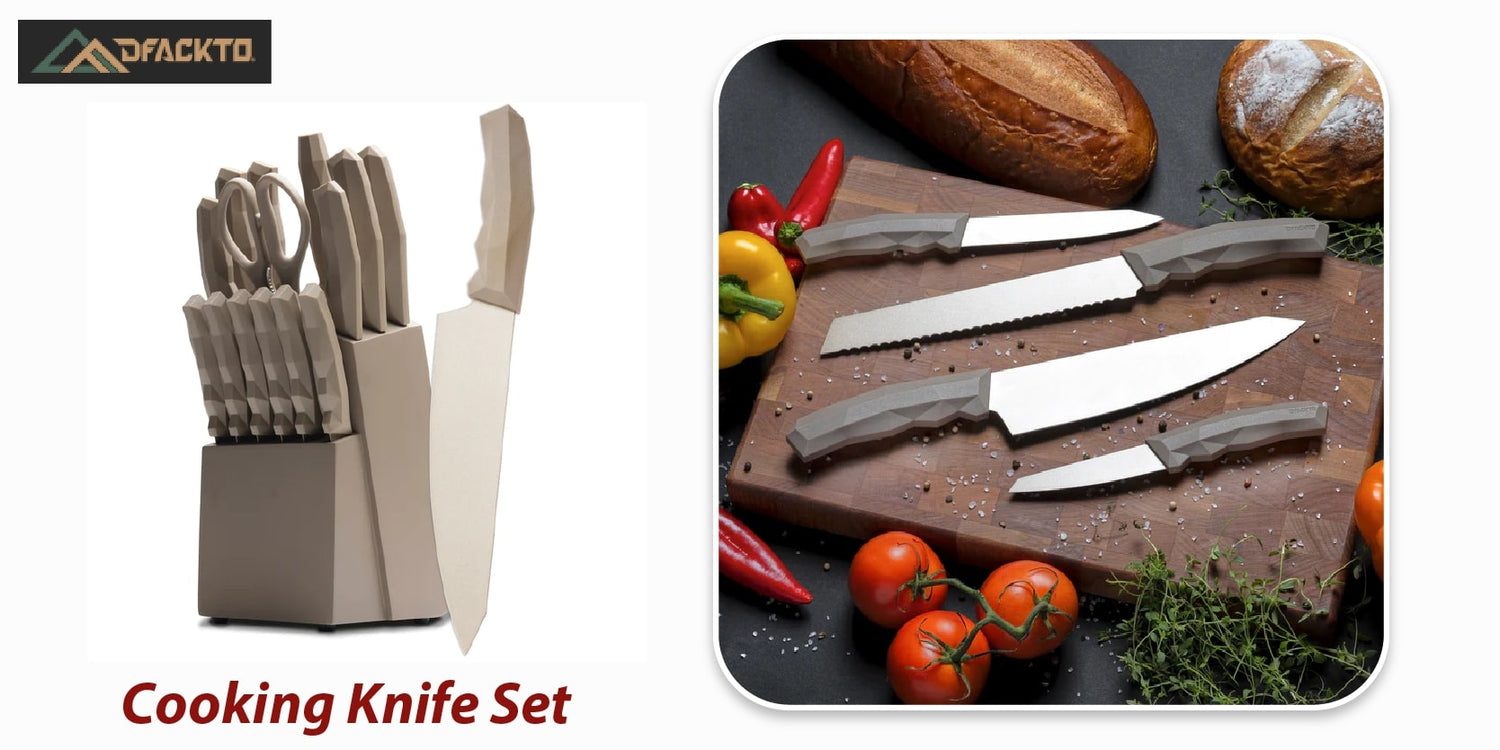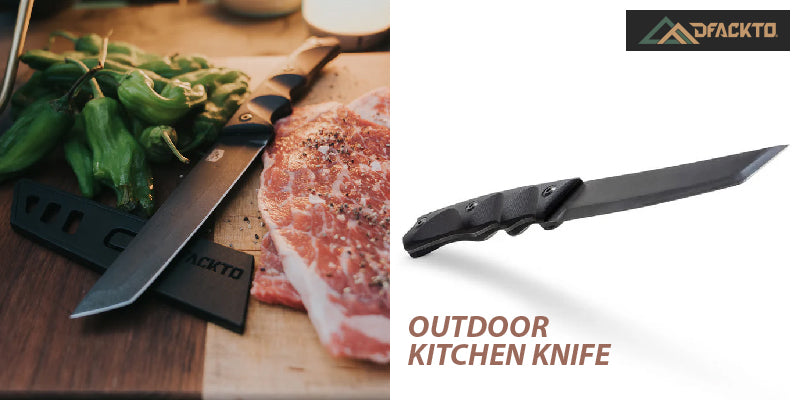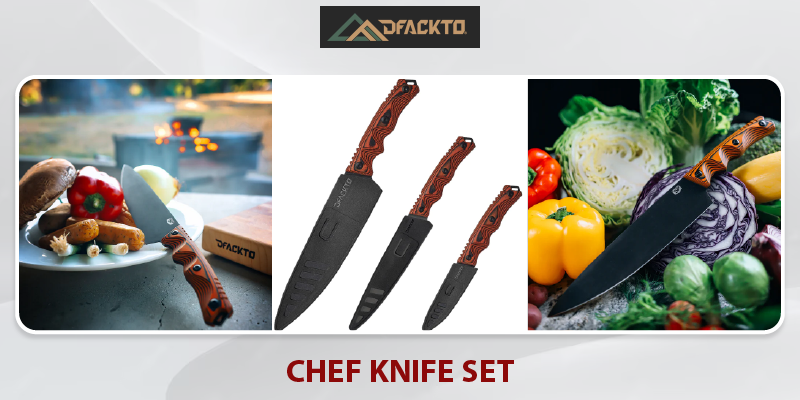If you love to cook at home more often, or at all for that matter, consider upgrading the kitchen tools you use. In addition to reducing your efforts, a good quality kitchen knife can also make cooking more enjoyable and save you money in the long run.
When looking for the ideal cooking knife set, you need to consider several factors, such as sharpness and edge retention, the steel, the design of the handle, and the knife style (Western or Japanese). Additionally, look for how it was manufactured (stamped or forged), what you are going to use it for, the price, and your personal taste and preferences.
The benefits of owning a quality kitchen knife
You will need a knife almost every time you need to prepare food, and that makes it an essential part of your life. Choosing your knife is more than just shopping for cutlery; it's like choosing your primary weapon before battle (several battles a day, every day!).
In theory, these arguments might feel vague, but trust us: the very act of cooking becomes effortless and more enjoyable when you're using a quality kitchen knife. Once you decide to invest in a good cooking knife set, there's no way back. It will help you with the following things-
- Prepare food more quickly with precise, clean cuts.
- High-quality knives reduce the risk of accidents in the kitchen.
- The ergonomic design makes cooking more comfortable, especially during extended sessions.
- Investing in a good knife means it will last longer than a cheaper alternative, saving you money in the long term.
- Using quality knives provides an opportunity to improve your culinary skills.
- Well-prepared food looks more visually appealing, enhancing the dining experience.
What to look for when shopping for a cooking knife?
If it is the first time you're picking a cooking knife set (or the first time you're serious about your kitchen tool), consider these points:
1. Sharpness and edge retention- Sharpness is crucial for any knife; a dull knife is practically useless.
- The steel's softness determines how well a knife cuts and retains its edge over time.
- Harder steel stays sharper longer but might be harder to sharpen when needed.
- Softer steel may require more frequent sharpening but is easier to sharpen with a sharpening stone.
- Regardless of brand or price, all knives will eventually lose sharpness.
- Ceramic knives may retain their edge longer but are more challenging to re-sharpen.
Carbon steel blades boast higher hardness and strength attributed to their carbon content. Conversely, stainless steel blades contain less carbon and higher chromium levels, making them less sharp but easier to maintain.
Carbon knives offer superior sharpness but demand a meticulous sharpening regimen, whereas stainless steel knives provide convenience in maintenance. The choice between the two hinges on the desired balance between sharpness and upkeep ease.
3. Handle, tang and bolster- Handle material options: Wood, plastic, or metal. Each material offers different feels and comfort levels.
- Full tang: Indicates the blade runs through the handle, distributing weight evenly for improved balance, comfort, and safety. Bolster style, whether angled or straight, may also affect balance and feel.
- Consider all aspects of the knife when on a budget to maximize value.
- Higher price doesn't always equate to higher quality; prioritize quality over price when making your selection.
There are two main knife styles, Japanese and Western. Neither is better than the other, and the preference depends on taste and feel. Western (or German) knives are heavier and thicker, suitable for multipurpose use. Made of softer steel alloys, they require more frequent sharpening.
On the other hand, Japanese knives are thinner and lighter, featuring sharper blades made of heavier steel. Ideal for precise, clean cuts but less versatile compared to Western knives.
Popular Japanese knives include the Santoku, similar to a chef's knife but with a thinner, harder blade and no bolster, making it better for chopping, and the Nakiri, with a flat, rectangular blade suited for mincing and slicing vegetables.
6. Manufacturing: stamped knife or forged knifeKnives can be stamped or forged. Stamped knives are machine-made and cut from a larger steel piece, while forged knives are made from one steel bar, heated, and shaped. Forged knives, historically crafted by artisans but now often made with high-end machinery, are heavier, stronger, and typically feature a bolster and full tang.



